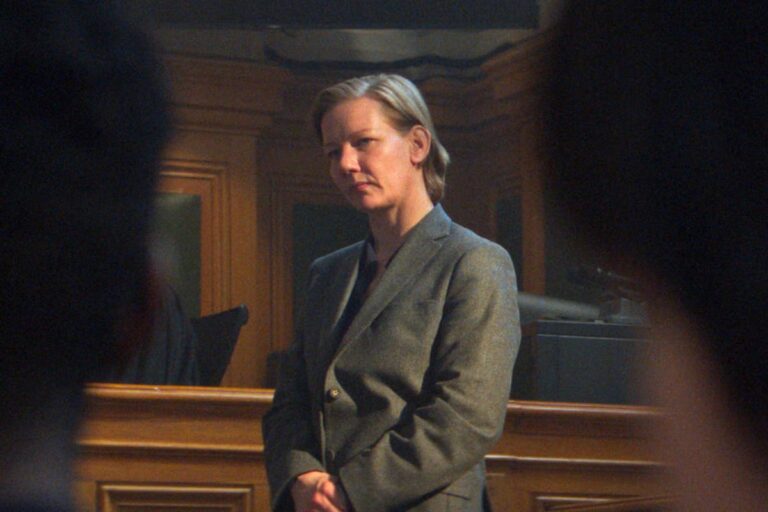When it involves courtroom dramas, we all know the clichés. The alcoholic lawyer will get one final shot at redemption (Paul Newman in The Verdict); the sick barrister takes on an unimaginable case (Charles Laughton in Witness for the Prosecution); juror quantity eight refuses to vary his thoughts (Henry Fonda in 12 Indignant Males); the small-town lawman goes up in opposition to town slicker (James Stewart in Anatomy of a Homicide); the callow lawyer vies together with his superiors (Tom Cruise in A Few Good Males); the white patrician represents the Black man accused of rape (Gregory Peck in To Kill a Mockingbird).
You’ll have seen these tales, or variations on them, in numerous movies. If Hollywood screenwriters may very well be charged for recycling the identical materials, these ones could be discovered responsible by unanimous determination. The courtroom drama is one style that appears to have lengthy since exhausted all of the arguments for a keep of execution. For essentially the most half, they’re claustrophobic, talk-heavy, melodramatic – and by-product – which is why the current success of Justine Triet’s Cannes Palme d’Or winner, Anatomy of a Fall is so stunning.
Final week, the film picked up a handful of European movie awards. It’s now being tipped for Oscars and Golden Globes. Triet’s minutely noticed authorized drama seems to be as a lot concerning the internal workings of the French judicial system as it’s the dynamics of a wedding. A husband, Samuel Maleski (Samuel Theis), is lifeless within the snow after tumbling from the balcony of his chalet. Was it suicide? Did he lose his footing? Was he bludgeoned with a blunt instrument by his novelist spouse, Sandra Voyter (Sandra Hüller)?


